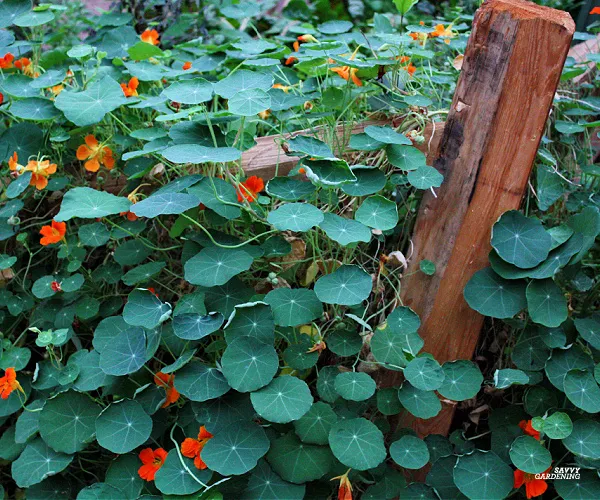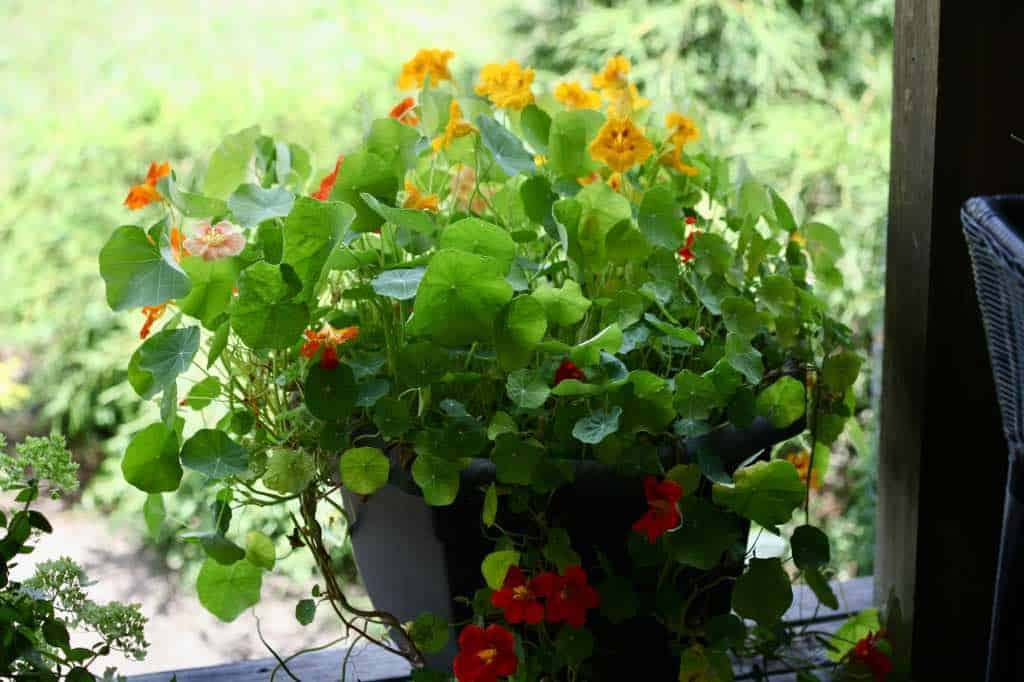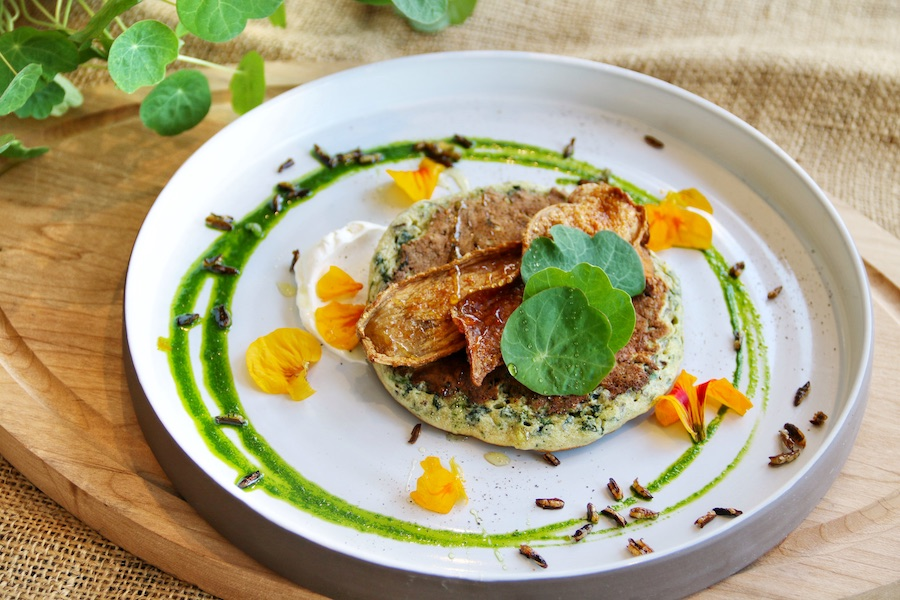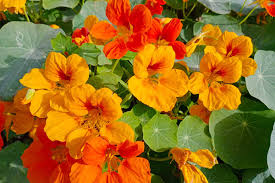Nasturtiums, along with tomatoes and peppers, were brought to Europe from South America by early plant explorers. The Incas used the entire plant in salads, but it was the flowers—both exotic and easy to breed into new colors—that captured attention. King Louis XIV even had them planted at Versailles, and by the 20th century, seed catalogs offered a variety of types. Today, nasturtiums are enjoying a resurgence, thanks to their beauty, ease of growth, and multifunctionality in the garden.
Why Grow Nasturtiums?
Nasturtiums offer several benefits: they’re beautiful, easy to grow, and come in a variety of types and colors. These plants produce edible flowers with a peppery flavor, and they also serve as natural pest control by attracting harmful insects away from other crops.

How to Grow Nasturtiums
Nasturtium seeds are large and easy to handle, making them perfect for children’s gardening projects. You can start seeds in pots and then transplant them, or directly sow them in the garden, ensuring the soil stays moist for the first week. Choose from various varieties, including compact ones like ‘Little Gem’ for containers or climbing varieties that can cover fences or cascade down walls.
Nasturtiums also benefit vegetable gardens. They help repel pests like cucumber beetles and squash bugs, while their sprawling leaves act as ground cover to prevent weeds. Bees and hummingbirds are attracted to the nectar hidden in the flowers, making them a great addition for pollination.

Nasturtiums as a Trap Crop
Nasturtiums are not only beautiful but also serve a functional role in pest control. In gardens where cabbage white butterflies are prevalent, nasturtiums can attract their eggs. The larvae that hatch will feed on the plants, giving gardeners a chance to remove the infested plants before they damage other crops. This is especially effective late in the season when other cabbage-family crops are absent.
In cool climates, nasturtiums may also attract black bean aphids. Although these tiny pests are often harmless to the plant, they can infest the undersides of leaves. Unlike other susceptible plants, such as fava beans, aphids on nasturtiums are easier to manage. Simply remove the affected leaves and dispose of them in compost to keep your garden healthy.
Culinary Uses of Nasturtiums
Nasturtiums are more than just ornamental; their flowers and leaves are edible and packed with nutrients. The blossoms are high in vitamin C and lutein, and they can add a burst of color to dishes. Harvest the flowers in the morning, remove the bitter center, and store them in the fridge for up to two days.
The leaves have a peppery, watercress-like flavor and make an excellent addition to salads or as a garnish. You can also dry the leaves and use them to make seasoning salts or blend them into a pesto. Additionally, young nasturtium seeds can be pickled, but due to their high oxalic acid content, they should be eaten sparingly.

Conclusion
Nasturtiums are a versatile plant that offers beauty, functionality, and culinary benefits. Whether you’re using them to brighten your garden, deter pests, or enhance your meals, nasturtiums are a valuable addition to any home garden.
